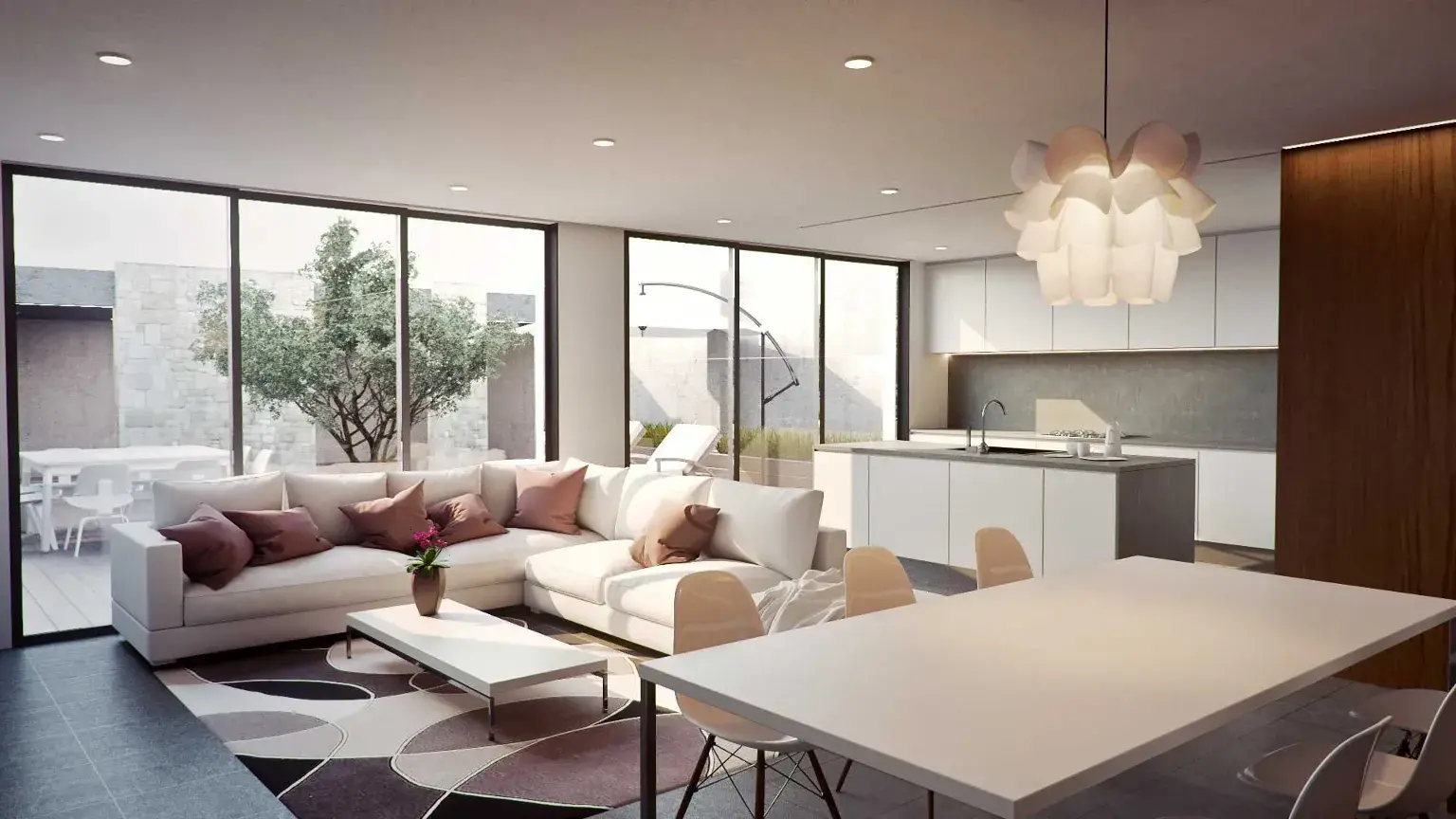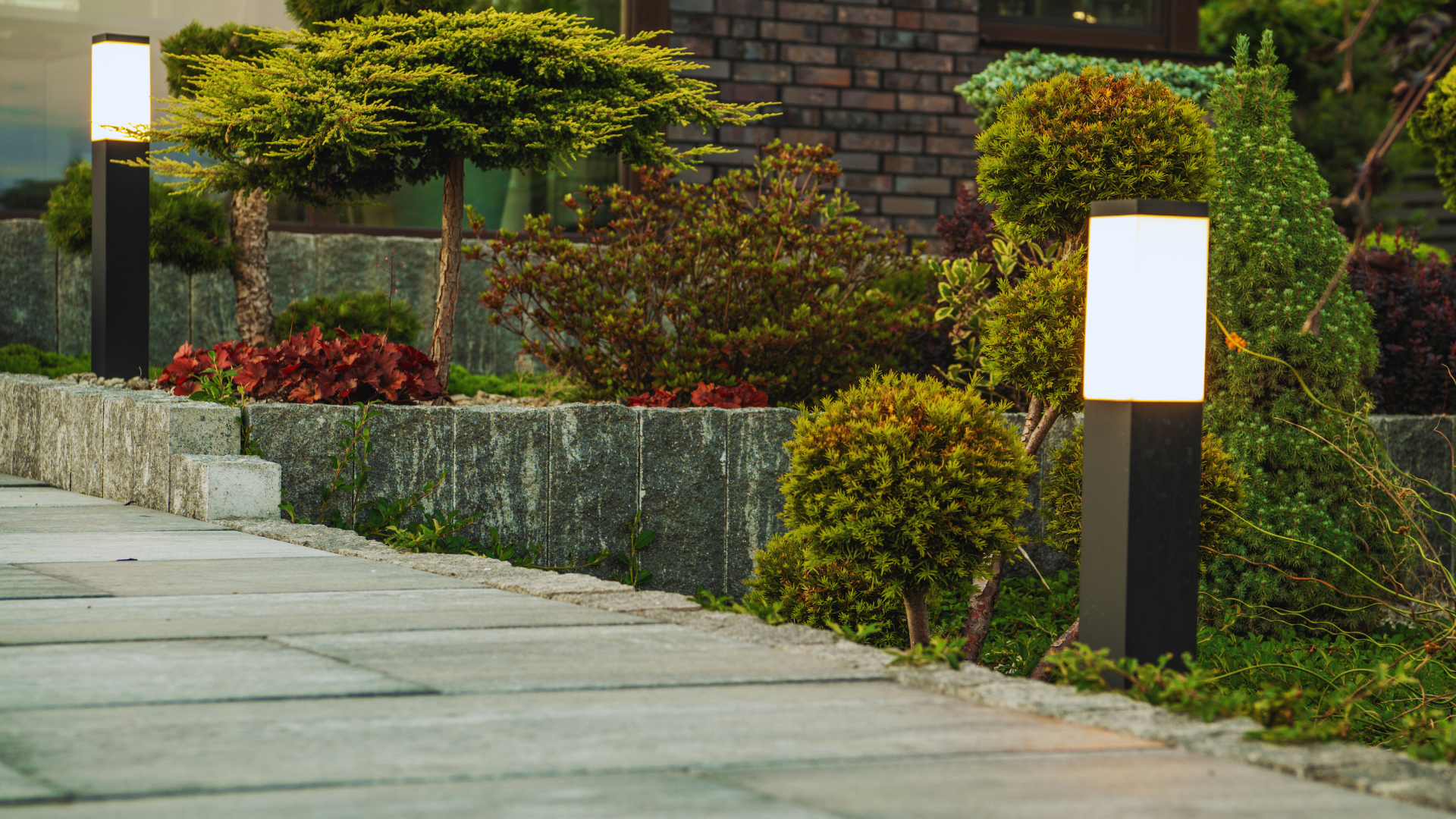Outdoor lighting can dramatically enhance a home’s appearance while adding functional and aesthetic value. Strategically placed lights can accentuate architectural features, illuminate pathways, and create an inviting atmosphere for guests. Whether highlighting a beautiful garden, a modern façade, or unique landscaping elements, outdoor lighting is a key component in showcasing a property’s best aspects.
In addition to beautifying the exterior, effective outdoor lighting increases safety and security. Well-lit areas deter potential intruders and reduce the risk of accidents in dark spots around the property. By understanding the different types of lighting options and techniques available, homeowners can tailor their lighting design to fit their specific needs and style.
Exploring the various lighting options, such as spotlights, string lights, and lanterns, allows for endless creativity in design. With the right combination of illumination, any homeowner can create a harmonious outdoor space that highlights their home’s unique features and provides comfort to all who visit.
Understanding Outdoor Lighting and Its Impact
Outdoor lighting plays a crucial role in enhancing the aesthetic appeal of a home. It can illuminate features, create ambiance, and provide safety. Paying attention to the types of lighting used is essential for achieving the desired visual effects.
Types of Outdoor Lighting
Various types of outdoor lighting serve different purposes. Here are some common options:
- Path Lighting: These fixtures guide guests along walkways and enhance safety. They typically use LED bulbs for energy efficiency.
- Spotlights: Spotlights accentuate specific features, like trees or architectural elements, with focused beams of light.
- Wall Sconces: Mounted on walls, these fixtures add an elegant touch while also providing ambient light.
- Flood Lights: Floodlights provide broad illumination for larger areas, useful for security or highlighting extensive landscapes.
Selecting the right type of lighting ensures functional and aesthetic benefits.
Benefits of Outdoor Illumination
Illuminating outdoor spaces offers several advantages. First, it enhances safety by reducing dark areas that can lead to accidents or insecurity. Well-lit paths and entryways deter unwanted visitors while welcoming guests.
In addition, outdoor lighting increases the home’s visual appeal. By drawing attention to architectural details and landscaping, homeowners can highlight features that might otherwise go unnoticed.
The right illumination also extends the usability of outdoor areas for evening gatherings or family activities.
Creating Ambiance and Visual Interest
Creating ambiance through outdoor lighting requires thoughtful placement and fixture selection. Dimmer lights paired with warm tones can foster a cozy atmosphere for relaxation or social gatherings.
For visual interest, layering different lighting types is effective. Combining ambient, task, and accent lighting helps to enrich the visual landscape.
Homeowners can experiment with colored lights or decorative fixtures to reflect personal style. This approach not only improves aesthetics but also creates inviting and unique outdoor spaces.
Highlighting Architectural Features With Lighting Techniques
Effective lighting accentuates a home’s architectural features, enhancing its visual appeal. By deploying various techniques, homeowners can bring attention to specific areas, creating inviting atmospheres while increasing property value.
Accent Lighting for Facades and Walls
Accent lighting serves to emphasize specific architectural elements such as columns, arches, and textures. Strategically placed fixtures can be mounted on walls or integrated within existing structures like niches or alcoves.
Examples of accent lighting options include:
- Wall-mounted fixtures: These illuminate vertical surfaces and create depth.
- Spotlights: Focus light on important features, enhancing their appearance.
Choosing the right brightness and color temperature is crucial. Warm tones usually complement stonework or brick, while cool tones work well with contemporary designs.
Using Uplighting, Downlighting, and Cross Lighting
Uplighting directs light upwards, enhancing tall structures and creating a dramatic effect. It highlights eaves and gables, making the home appear taller and more prominent.
Downlighting, often installed in overhead fixtures, effectively brightens entryways, patios, and gardens. This technique not only provides safety but also draws attention to surface textures like wood or stone.
Cross lighting combines uplighting and downlighting to create a balanced illumination. By placing light sources on both sides of an architectural element, it reduces shadows and emphasizes detail.
Silhouette and Shadowing Effects
Silhouette lighting creates a striking contrast by illuminating the area behind an architectural feature, leaving it dark. This can effectively highlight trees, statues, or latticework, creating a unique visual impact.
Shadowing, on the other hand, enhances texture by casting shadows across surfaces. Fixtures positioned at lower angles can add depth to flat walls and reveal the intricate details of the architecture.
Both techniques add character and intrigue. Proper use of silhouettes and shadows can transform ordinary features into captivating focal points.
Curb Appeal and Property Value Enhancement
Effective outdoor lighting enhances curb appeal significantly. A well-lit property creates a welcoming environment and makes a positive first impression.
With the right lighting enhancements, homeowners can increase their property value. The investment in quality fixtures and strategic placement results in a noticeable difference.
Lighting that highlights architectural features contributes to overall aesthetics while offering practical benefits. Properly designed outdoor lighting promotes safety, enhances nighttime usability, and showcases the property’s best qualities.
Showcasing Landscaping and Outdoor Living Spaces
Effective outdoor lighting can transform landscaping and living spaces, enhancing visual appeal and functionality. By strategically placing different types of lighting, homeowners can highlight specific features, create ambiance, and improve safety.
Path Lights, Step Lights, and Bollards
Path lights illuminate walkways and define garden paths. They can be installed at regular intervals to ensure safe navigation during the night. Low-voltage options consume less energy and offer a subtle glow.
Step lights provide light directly onto staircases, enhancing safety while adding visual interest. They can be installed into the risers or along the sides of steps. This type of lighting is essential in outdoor areas where uneven surfaces prevail.
Bollard lights act as sturdy guardians of pathways and driveways. These fixtures are taller and can illuminate larger areas, making them ideal for creating focal points. They complement more extensive landscaping designs by guiding guests and improving security.
Landscape Lighting for Trees, Gardens, and Water Features
Tree lighting employs techniques like uplighting and moonlighting to create dramatic effects. Uplighting casts light upward, showcasing the tree’s structure, while moonlighting simulates natural light. This method can enhance the beauty of tall trees at night.
Garden lighting can highlight plant beds and flower arrangements, drawing attention to specific flora. Spotlights can be used to illuminate particular plants, while soft washes of light can create a tranquil ambiance.
Water features, like ponds or fountains, are best accentuated with underwater lighting. This method enhances reflections and movement, creating an enjoyable centerpiece for outdoor living spaces. Careful placement ensures that the lighting complements the feature without overwhelming it.
Using String Lights and Lanterns for Ambience
String lights add charm to patios and outdoor dining areas. They can be draped overhead to create a cozy atmosphere for gatherings. Various styles, such as vintage bulbs or fairy lights, allow for personal expression.
Lanterns are versatile and can be used as table centerpieces or hung from trees. They provide soft lighting and can be battery-operated or solar-powered. The use of lanterns adds character and enhances the overall design of outdoor spaces.
Combining string lights and lanterns can create layers of light, providing both functionality and aesthetics. This combination allows for greater flexibility in design while ensuring spaces are inviting during evening events.
Best Practices for Planning and Maintaining Outdoor Lighting
Creating a well-structured outdoor lighting setup requires careful planning and attention to detail. Critical aspects include developing a lighting plan, selecting appropriate fixtures, ensuring energy efficiency, and maintaining safety standards.
Developing an Effective Lighting Plan
A thoughtful lighting plan enhances the home’s features while providing practical illumination. Start by identifying key areas that need highlighting, such as pathways, gardens, and architectural elements.
Consider the desired ambiance. Using ambient lighting for dining areas or soft illumination for gardens can add warmth. Floodlights and spotlights are suitable for dramatic highlights.
Mapping out the layout is vital. Use a sketch to mark fixture locations and wiring routes. This helps avoid costly adjustments during installation.
Choosing the Right Lighting Fixtures and Bulbs
Selecting the correct lighting fixtures significantly affects both aesthetics and functionality. LED lights are a popular option due to their longevity and energy efficiency. They produce less heat and can be used in various applications.
For atmosphere, consider dimmable wall sconces. These allow for adjustable brightness, catering to different moods. Low-voltage lighting can be used for walkways to enhance safety while reducing electricity costs.
In addition, glare guards can minimize harsh lighting effects. Floodlights offer broader illumination, while spotlights can be used for targeted highlights.
Energy Efficiency and Minimizing Light Pollution
Energy efficiency plays a crucial role in outdoor lighting. LED and solar lights are ideal for reducing energy consumption. Solar lights charge during the day and operate cost-free at night, making them environmentally friendly.
Implementing timers or motion sensors can optimize energy use. These features ensure lights only activate when necessary, further minimizing waste.
Avoid light pollution with proper fixture placement. Aim fixtures downward and consider using shields to prevent light spillage. This approach not only conserves energy but also enhances nighttime visibility for safety.
Safety, Control, and Maintenance Tips
Prioritize safety when planning outdoor lighting. Well-lit pathways and entrances deter intruders and reduce fall hazards. Floodlights and spotlights can light up critical areas effectively.
Regular maintenance is essential for performance. Clean fixtures to prevent dust buildup that may block light. Inspect connections and replace bulbs as needed to keep the lighting system in optimal condition.
Use smart controls for added convenience. Smart lighting systems allow users to adjust brightness and schedules remotely. Such systems enhance security with automated settings when away from home.


